Fume Extraction, Perfected
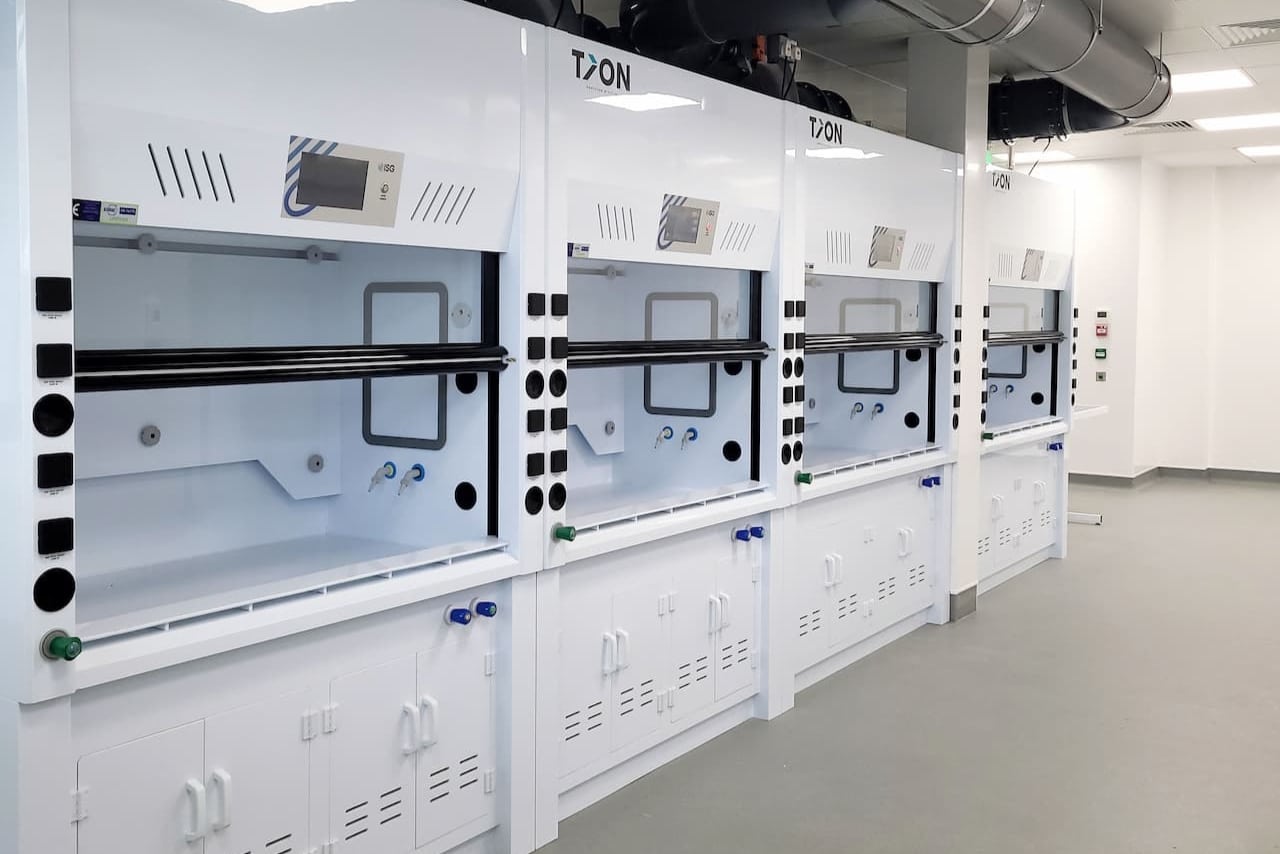
For over 15 years, TION has been at the forefront of designing and manufacturing high-performance fume cupboards. Our solutions effectively contain hazardous vapours, gases, and particulates generated during chemical experiments, ensuring a safe working environment for your staff.
We use state-of-the-art electrical components and premium materials to enhance the durability of our products. Whether you need a standard unit or a bespoke design, we can provide a fit-for-purpose solution tailored to your requirements.
Our team collaborates with construction companies, architects, project consultants, and mechanical engineers to deliver high-quality fume cabinets that meet industry standards. To streamline your project, we can also supply technical documentation, including CAD files, datasheets, and BIM models.
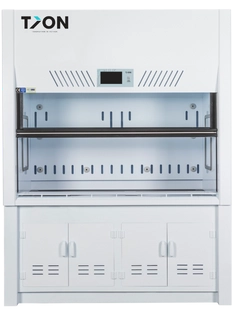
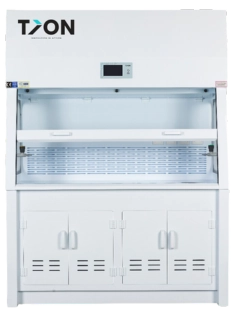
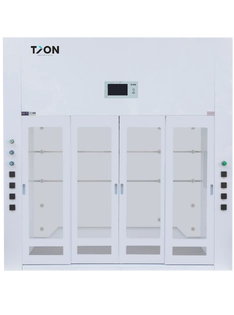
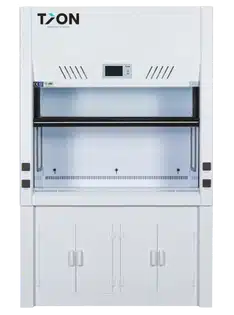
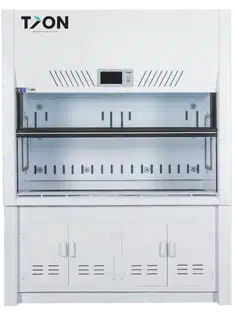
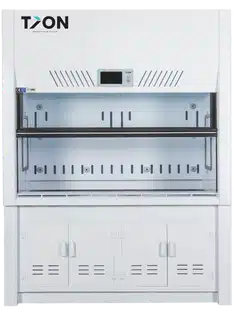
Traditionally, the cabinets are manufactured from powder-coated mild steel, stainless steel or polypropylene. While mild steel is considered more cost-effective, the corrosion-resistant properties of polypropylene make it more desirable.
So, how do they work? Well, the cabinets have four enclosed sides with an adjustable front sash to regulate access. A centrifugal fan pulls air into the cabinet's workspace at the industry standard of 0.5 m/s, drawing contaminants away from the operator. The air is then exhausted into the atmosphere using a roof-mounted ventilation stack or recirculated back into the lab.
It's important to note that in the UK, fume cupboards must be tested once every 14 months to meet BS EN 14175 standards. These standards dictate the design, testing, installation and maintenance of fume cupboards. For more information, please visit "What is EN 14175?".
On the other hand, ductless fume cupboards use HEPA or carbon-based filters to recirculate air back into the lab. While ductless fume cupboards reduce the installation and energy costs associated with ducted fume cupboards, the filters need reviewing every twelve months.
For more information on the differences between ductless and ducted fume cupboards, please visit "Choosing Ducted vs Ductless Fume Cupboards".
When a fault is detected, we will make recommendations based on the age of the unit, brand and part availability.
For more information on fume cupboard commissioning, please visit: "What Is EN 14175?"
How you operate the cabinet depends on the specifications of the unit. Some products use modern touch-screen control systems, while others use mechanical switches. So always reference your cabinet manual before switching the unit on.
For more information on how to safely use your fume cupboard, please visit: "Top 5 Do’s and Don’ts of Fume Cupboards".







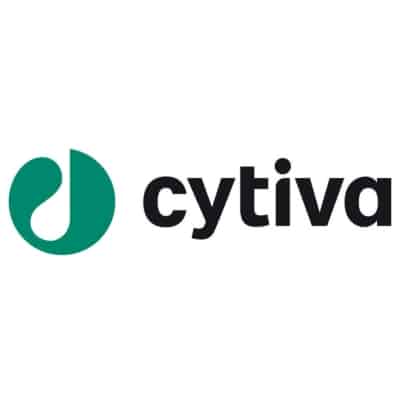

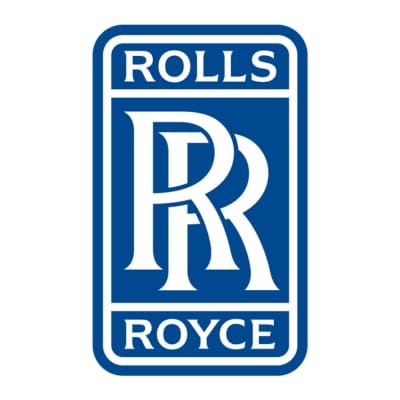




Read our Privacy Policy for more information on how we collect and process data.



No thank you
Read our Privacy Policy for more information on how we collect and process data.